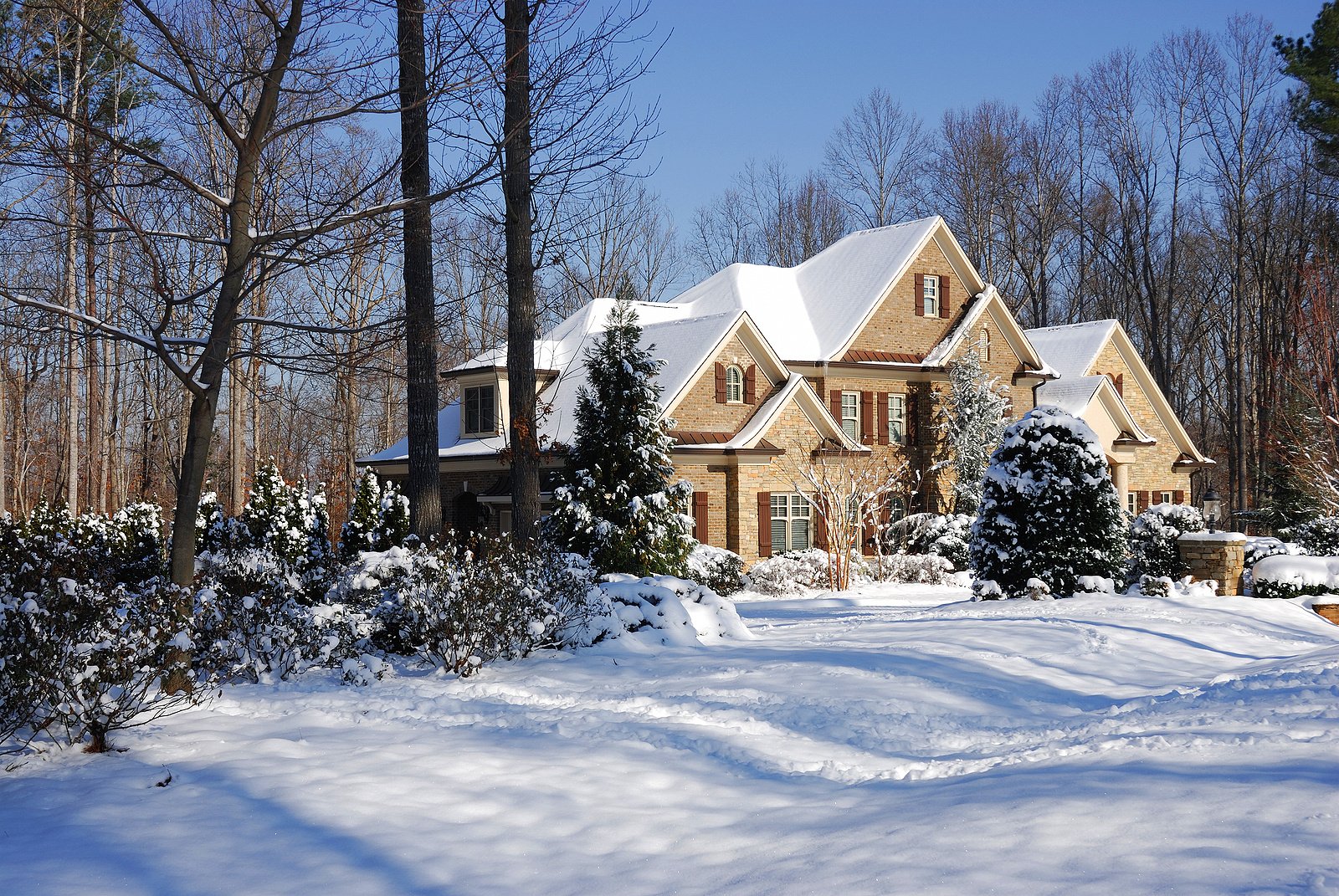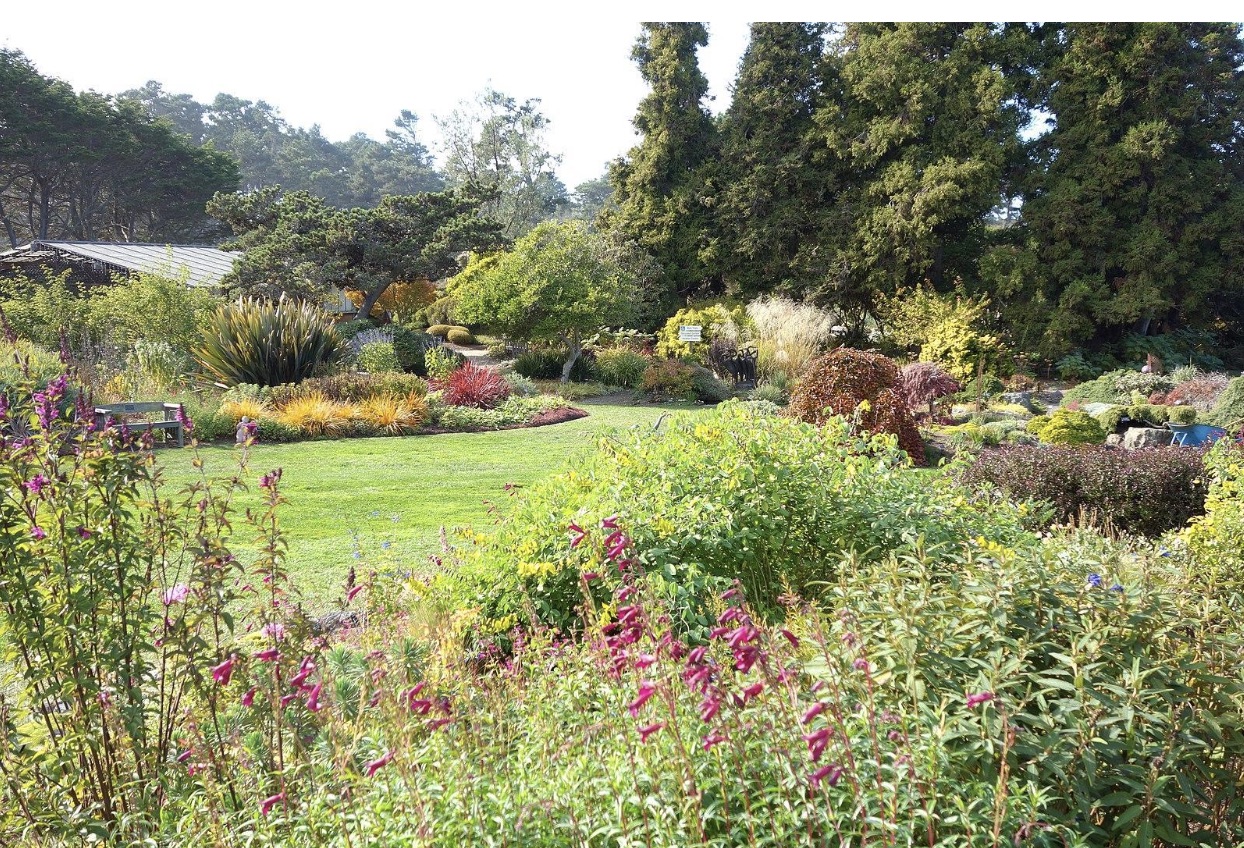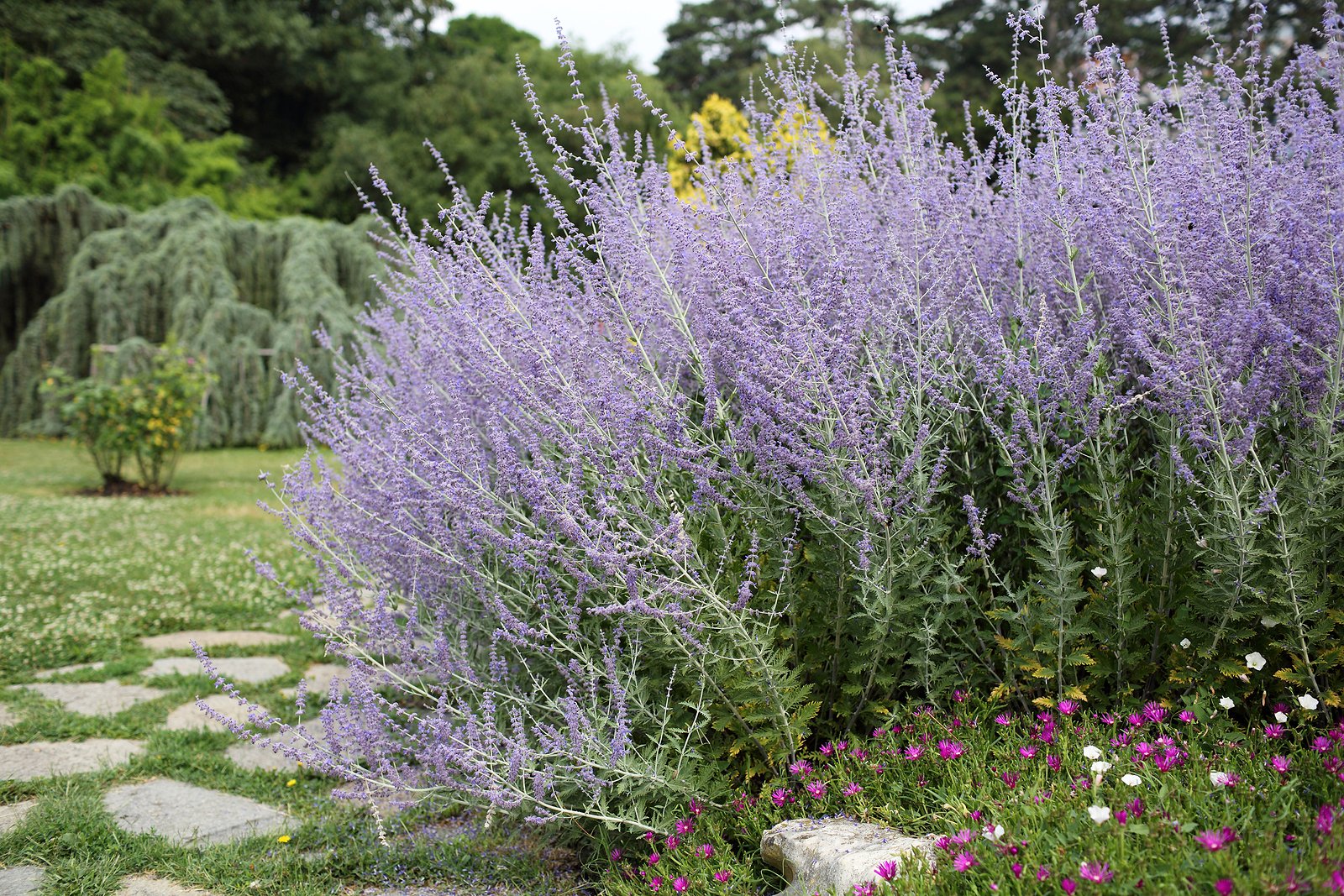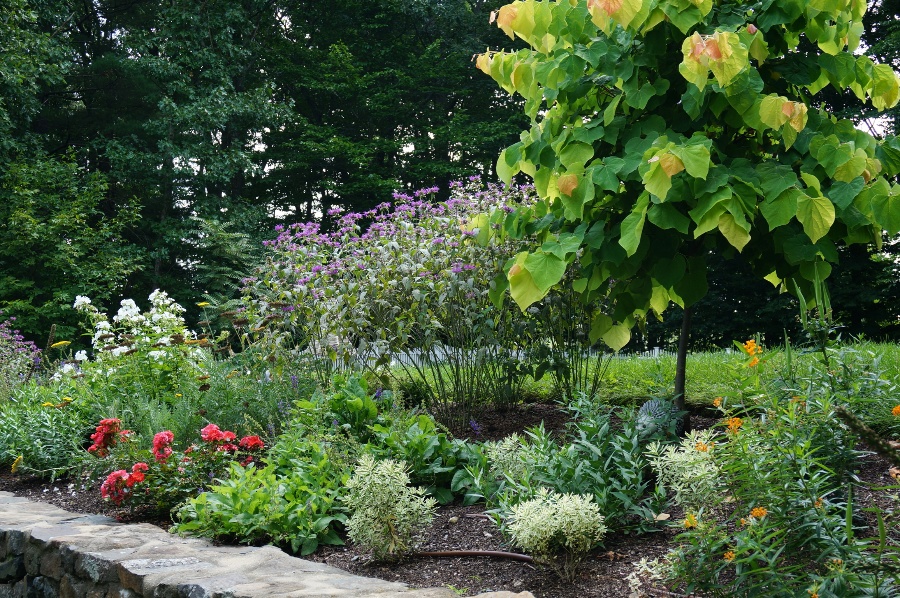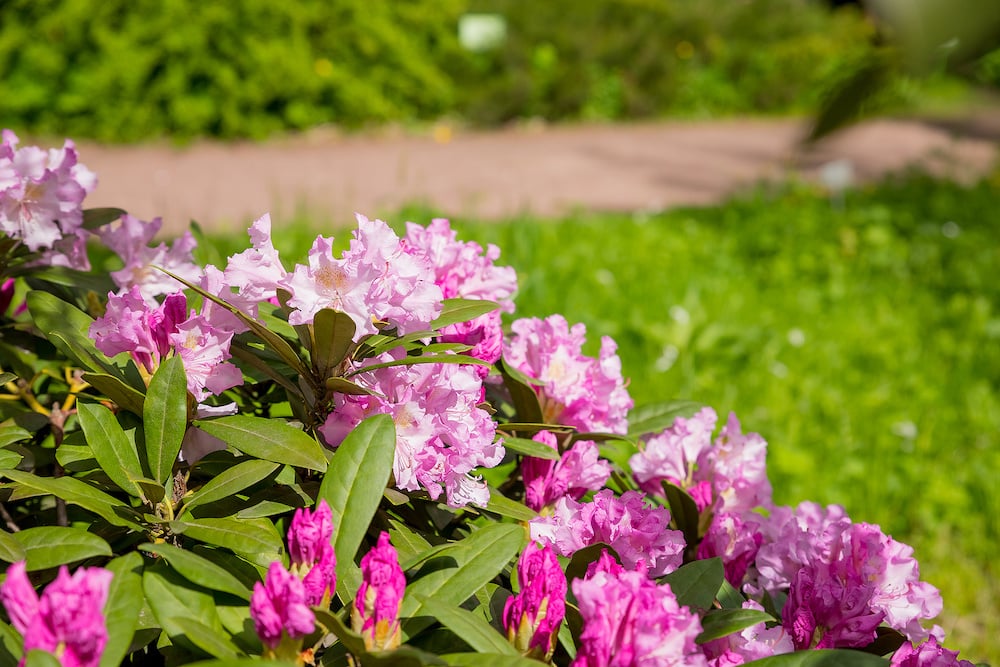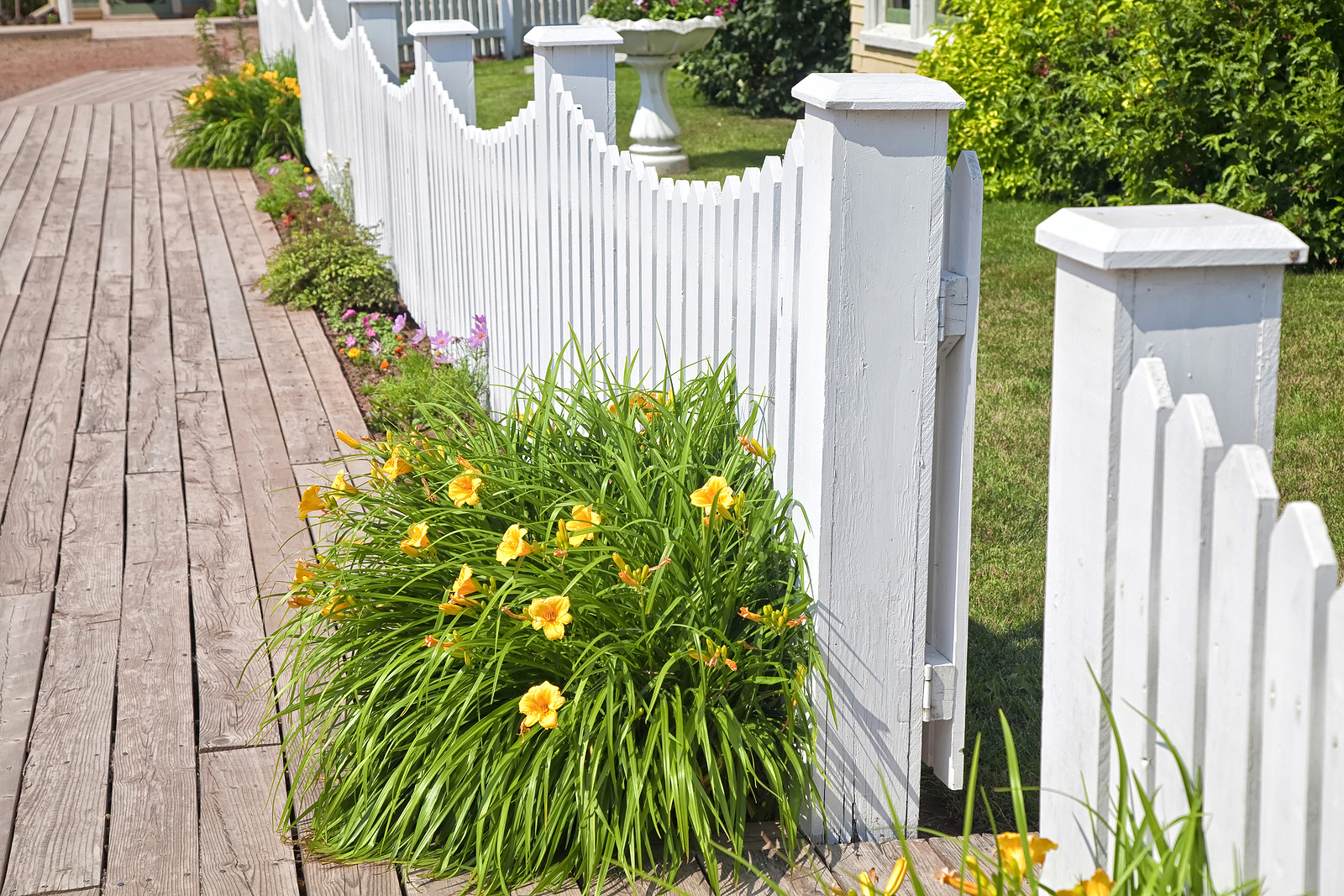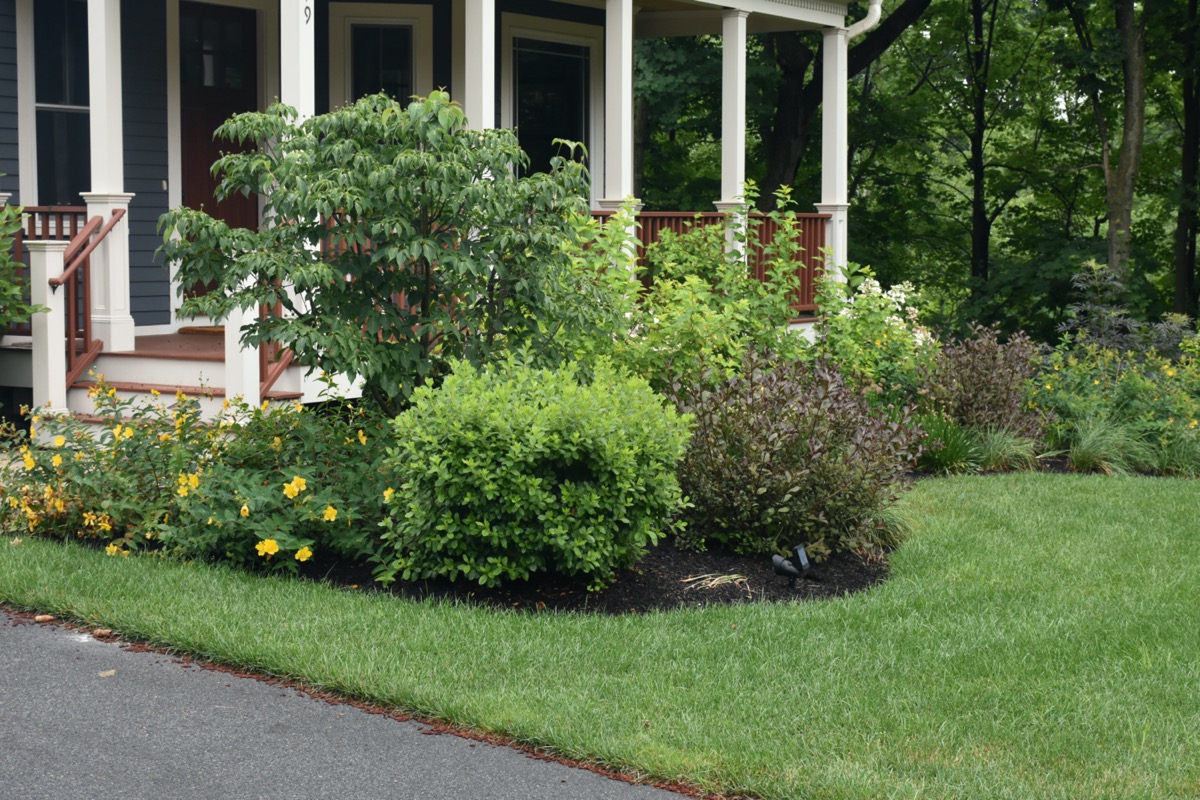One of our favorite things about landscape design is the amount of personal expression it allows. Most people associate landscape with flowers and shrubs, but there are many different styles of plants that can thrive in your garden, depending on your tastes.
People sometimes forget about ornamental grasses. They often don’t take as central a role in your garden as flowers and vegetables, but they can still add a nice touch to your yard. Grasses are also great because many of them bloom in the colder weather, which can help your garden design look attractive even in the off-season and add winter interest.
Here’s what you need to know about planting ornamental grasses in the fall.
What Makes Ornamental Grasses Unique?
Ornamental grasses are a bit different than the typical flowers or shrubs you would commonly see in a yard. These plants come in several varieties: some are long and narrow, while others are short and round. Some varieties can grow up to five feet or higher, depending on the species and the growing season in which they reach peak bloom.

Another notable characteristic of ornamental grasses is their color and texture. Some have spiky, puffy plumes that make for an interesting visual texture in any part of your yard. Grasses can have an especially nice look when they take on rainwater or sway from a gentle breeze, adding motion to the landscape.
In addition, they are generally low-maintenance, which makes them a particular plus for many homeowners.
Which Ornamental Grasses Are Best for Massachusetts?
Red October Bluestem

This vibrant grass lives up to its name, changing color from blue-gray to a deep crimson when the weather cools down and early fall rolls around. This type of grass is also relatively hardy and doesn’t require much water.
Silvergrass (Miscanthus)

Although it is not native, silvergrass still provides a beautiful wispy look in your yard. Some varieties can grow up to eight feet tall. Its thin plumes look great in the wind and add movement to your landscape design.
Switchgrass (Panicum virgatum)

Switchgrass occurs naturally in tall grass prairies, and its curving leaves and pleasant, airy seed heads make them a great addition to your landscape. This perennial, warm-season grass grows in large clumps and thrives in the heat of the summer.
Blue Fescue

Blue fescue produces small clumps of silvery blue grass, up to about a foot and a half tall. In mild climates, blue fescue is an evergreen grass, but its foliage does darken and dull in the winter months in cooler climates.
Feather Reed Grass
.png?width=530&height=800&name=ornamental-grasses-feather-reed-grass%20(1).png)
This cool-season grass can grow up to 6 feet tall, making it a stunning addition to any landscaping. The dark, shiny leaves of this grass often maintain their color past the first frost, but will dull as cool weather progresses. They may, though, retain their vibrancy when planted further south. This grass produces airy, golden seed heads that sway even in slight breezes, adding pleasant motion to your landscape.
Fountaingrass (Pennisetum)

This verdant grass grows in dense clumps that are a bit wider than other grasses on this list. In the fall, fountaingrass leaves turn orange-bronze and stay mostly standing through winter.
Tips for Planting Ornamental Grasses
Arranging your new grasses will usually require some prior planning. You may want to spread them out so that there is interest all over your yard, but you can also group certain grasses together.
For example, you may want to put similar height and similar color grasses together for a profound visual impact. Remember, there are no hard and fast rules — it comes down to your personal taste.
Depending on their type, ornamental grasses can tolerate a variety of growing conditions, which offers additional flexibility for your landscape. Some varieties thrive in well-drained soil, while others can tolerate less ideal soil conditions.
If you are looking for assistance in choosing, planting, or taking care of ornamental grasses for your yard, our friendly team of experts is ready to help you ensure that your property looks great all year — contact us today for a free consultation.
To learn more about designing a custom landscape for your home, download our free ebook, The Mindful Homeowner's Guide to Transformative Landscape Design. If you're ready to get started on your new landscape project, or simply want to learn more about the process, you can contact our team here to schedule a free consultation. We'd love to talk to you!


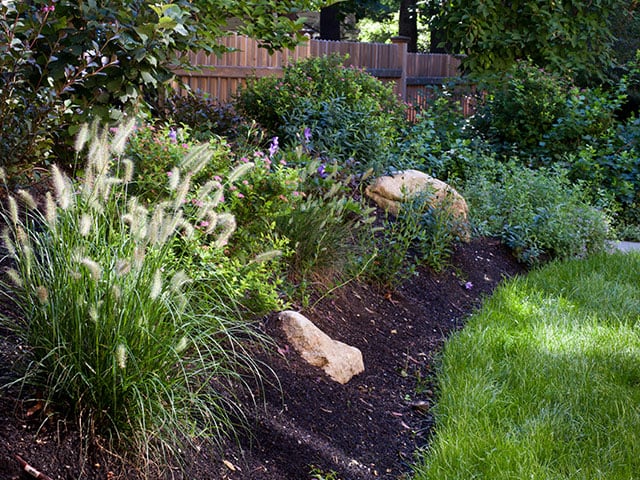





.png?width=530&height=800&name=ornamental-grasses-feather-reed-grass%20(1).png)


